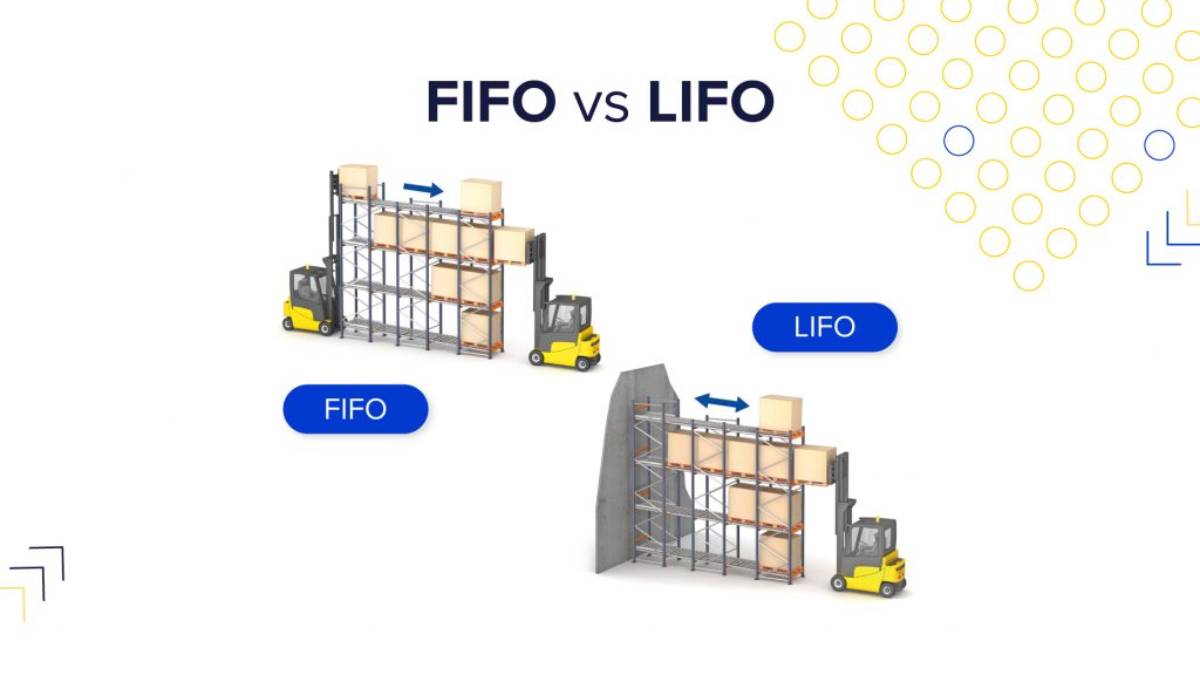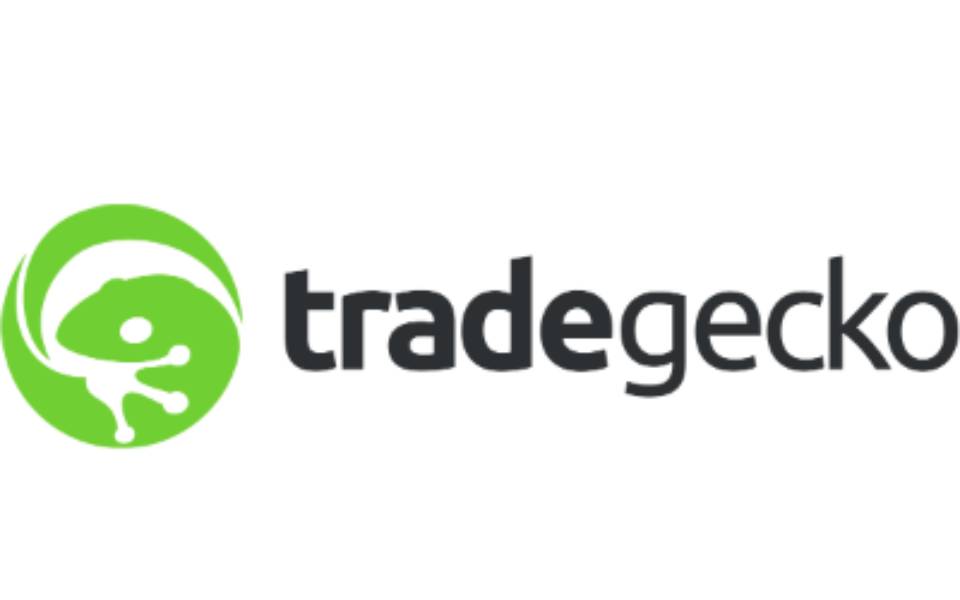
Implementing FIFO and LIFO Methods: A Practical Guide to Inventory Valuation
FIFO and LIFO Made Simple
Have you ever wondered how companies decide the value of their inventory—and how that affects profits and taxes? If you manage stock or deal with business numbers, you may know FIFO (First In, First Out) and LIFO (Last In, First Out). These methods might seem like confusing accounting terms, but they are important for inventory management and financial reporting.
No matter if you run a small shop or a big warehouse, knowing when to use FIFO and LIFO is key. These methods help you save money, manage shelf life, and follow regulations. This guide breaks it all down—simply, clearly, and practically.
We’ll look at what FIFO and LIFO mean. We’ll see how they affect your business. Then, we’ll discuss when to use each method and share practical tips for success. Let’s dive in and demystify these powerful inventory valuation methods.
What Are FIFO and LIFO Inventory Methods?
Understanding FIFO (First In, First Out)
FIFO assumes that the oldest inventory items are sold first. It reflects a natural flow, like rotating milk cartons in a supermarket fridge. This method helps ensure older stock doesn’t sit around, grow stale, or become obsolete.
Key Benefits of FIFO:
- Prevents outdated or expired stock
- Easier to implement physically
- Matches actual inventory movement
- Often results in higher reported profits during inflation (older, cheaper stock sold first)
Real-life Example: Imagine you run a café. You buy milk weekly. With FIFO, you use last week’s milk before opening the new cartons, preventing waste.
Understanding LIFO (Last In, First Out)
LIFO assumes the newest inventory is sold first. It might not match the real product flow, but it provides tax benefits during inflation.
Key Benefits of LIFO:
- Reduces taxable income during inflation (newer, higher-cost stock sold first)
- Can improve cash flow
Real-life Example: Picture a building supply store. As prices go up, using LIFO helps the shop deduct the higher costs of new bricks. This lowers its taxable profit.
Important Note: LIFO is not permitted under IFRS standards, but it is allowed under US GAAP. If you’re a UK business or trading internationally, FIFO is typically your go-to.
Why Inventory Valuation Methods Matter
The way you value inventory affects much more than shelf space.
- Financial statements: Cost of Goods Sold (COGS), net income, and balance sheet value
- Tax calculations: Higher COGS under LIFO = lower taxable income
- Decision-making: Accurate valuation helps in pricing, budgeting, and forecasting
- Compliance: Different standards apply depending on the country and industry
FIFO vs. LIFO at a Glance
| Criteria | FIFO | LIFO |
|---|---|---|
| Stock Movement | Oldest stock sold first | Newest stock sold first |
| Shelf Life Use | Better for perishables | Risk of obsolescence |
| Tax Impact | Higher profits during inflation | Lower taxes during inflation |
| Compliance | Allowed globally (IFRS, GAAP) | Not allowed under IFRS |
| Inventory Value | Higher ending inventory | Lower ending inventory |
When to Use FIFO vs. LIFO
Ideal Scenarios for FIFO
FIFO is best suited for:
- Food and beverage businesses
- Pharmacies and medical supplies
- Fashion and fast-moving consumer goods (FMCG)
- E-commerce with variable product lifespan
Ideal Scenarios for LIFO
LIFO might be suitable when:
- Operating in the US under GAAP
- Managing non-perishable commodities (e.g., raw materials, construction goods)
- Inflation is high, and reducing tax liability is a priority
- The business handles bulk, uniform inventory where age doesn’t affect utility
How to Implement FIFO and LIFO in Your Business
1: Choose Your Method Intentionally
Evaluate:
- Type of products (perishable vs. non-perishable)
- Regulatory requirements (e.g., IFRS vs. GAAP)
- Financial strategy (profit maximisation vs. tax minimisation)
2: Update Inventory Systems

Use an inventory management system (IMS) that supports your chosen method. Most modern tools like Zoho Inventory, TradeGecko, or NetSuite allow users.
- Tag inventory batches with purchase dates
- Assign valuation methods
- Generate COGS and reporting based on FIFO or LIFO
3: Train Staff on Handling Inventory Physically

Especially with FIFO, physical handling must align with the method.
- Use clearly labelled shelves (e.g., “stock from 20 March”)
- Organise stock chronologically by receiving date
- Rotate items manually when restocking
4: Run Monthly Reconciliations
Even with automation, discrepancies can occur. Schedule regular inventory checks:
- Use cycle counting to spot inconsistencies
- Match physical inventory with software records
- Investigate gaps (e.g., shrinkage, mislabelling, spoilage)
Learn more about reconciliation here Reconciling Inventory Discrepancies.
5: Monitor KPIs and Financial Impact
Track:
- COGS trends
- Gross margins
- Inventory turnover
- Net profit
Adjust strategy annually based on market conditions and tax outlook.
FIFO and LIFO in Accounting and Taxation
FIFO’s Impact on Financial Statements

During inflation, FIFO:
- Uses older, lower-cost inventory in COGS
- Results in higher gross profit and net income
- Reflects a higher inventory value on the balance sheet
Implication: Looks better for investors, but results in higher taxes
LIFO’s Impact on Financial Statements
During inflation, LIFO:
- Uses newer, higher-cost inventory in COGS
- Results in lower gross profit and net income
- Lower inventory value on the balance sheet
Implication: Lowers taxable income but may appear less profitable to stakeholders
Compliance Considerations
- UK and EU: FIFO preferred; LIFO is disallowed under IFRS
- US: Both FIFO and LIFO are allowed under GAAP
Always consult with a qualified accountant or tax adviser before switching methods.
Common Challenges and How to Overcome Them
Challenge 1: Stock Misrotation (FIFO)
Fix:
- Use a clearly labelled “date in” system
- Implement barcode or RFID tags to track ageing
Challenge 2: Software Limitations
Fix:
- Choose IMS tools that support FIFO/LIFO
- Integrate with your accounting software for seamless data flow
Challenge 3: Staff Resistance to Change
Fix:
- Explain the “why” behind the method
- Offer hands-on training
- Reward accuracy and compliance
Challenge 4: Regulatory Errors (LIFO)
Fix:
- Stay informed on local compliance laws
- Conduct annual audits
- Work closely with financial advisors
Real-World Examples: FIFO vs. LIFO in Action
Example 1: A Bakery Using FIFO
BakeWell Breads, a UK-based artisan bakery, uses FIFO for managing flour, butter, and yeast. They store ingredients by purchase date and rotate them often. This helps reduce waste and keep things fresh, which is vital for their brand quality.
Example 2: A Hardware Supplier Using LIFO
BuildMax Supplies, based in the US, handles a lot of standardized nails, screws, and materials. With rising inflation, LIFO helps them deduct higher-cost inventory. This boosts cash flow and keeps operations running smoothly.
FIFO and LIFO in E-commerce and Online Retail
For online businesses, these valuation methods matter. They influence pricing, promotions, and customer satisfaction.
FIFO for E-commerce
- Ensures faster delivery of older SKUs
- Helps manage shelf life in fulfilment centres
- Aligns with first-in packaging and shipping logic
LIFO for E-commerce (if applicable)
- Helps reduce taxable profits in high-growth, high-inflation environments
- Only viable for businesses operating under GAAP
Use your IMS to automate SKU prioritisation and generate valuation reports that match your sales volume.
Conclusion: Choosing the Right Method for Long-Term Success
Knowing FIFO and LIFO helps you gain an advantage in inventory valuation. It’s useful whether you’re new to the process or aiming to improve your strategy. Each method has its advantages. FIFO is simple and meets compliance needs for most businesses. LIFO, on the other hand, may provide tax benefits in certain markets.
The key is to align your method with product type, regulatory environment, and financial goals. When used thoughtfully, inventory valuation becomes a tool, not a headache.
So what’s next? Review your current valuation method, talk to your accountant, and test what aligns best with your operations.
Have questions or a story to share? Drop a comment below, or check out our practical guide to real-world Warehouse Inventory Best Practices.


